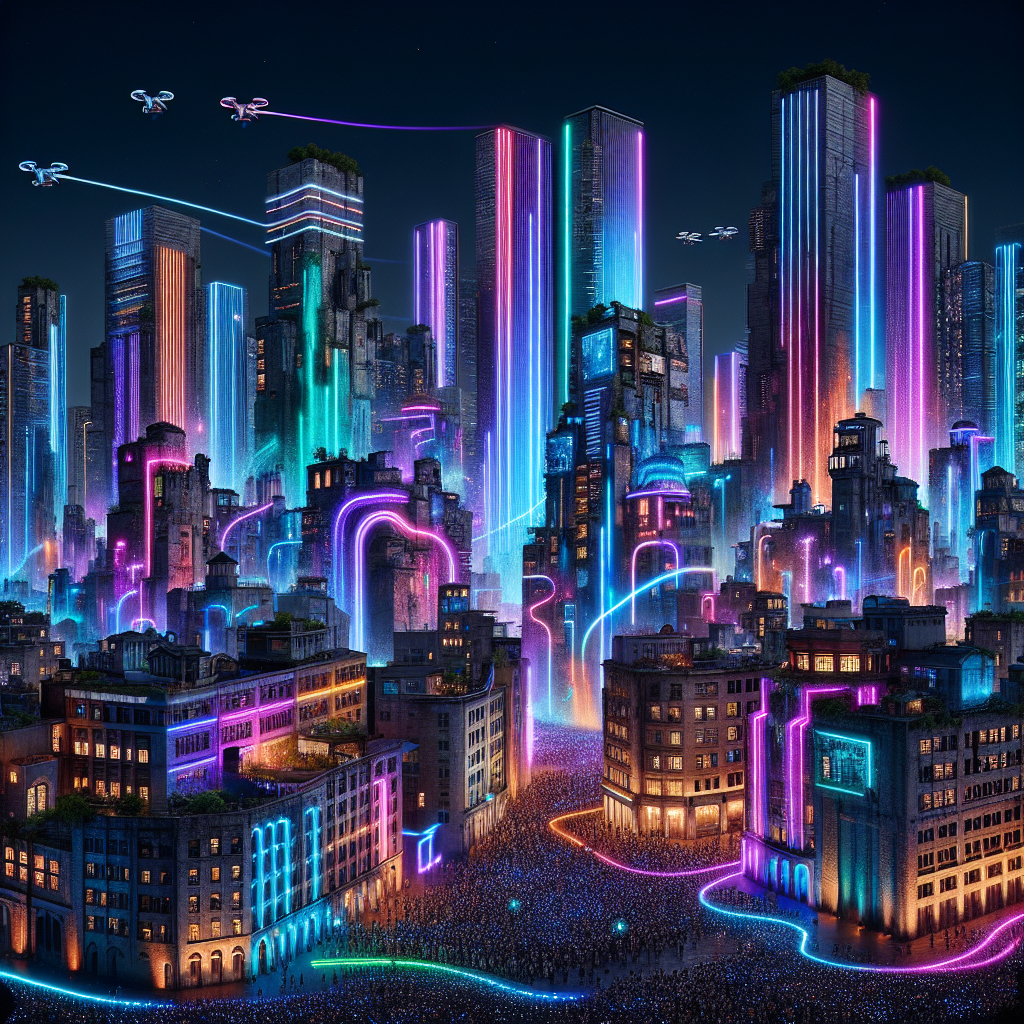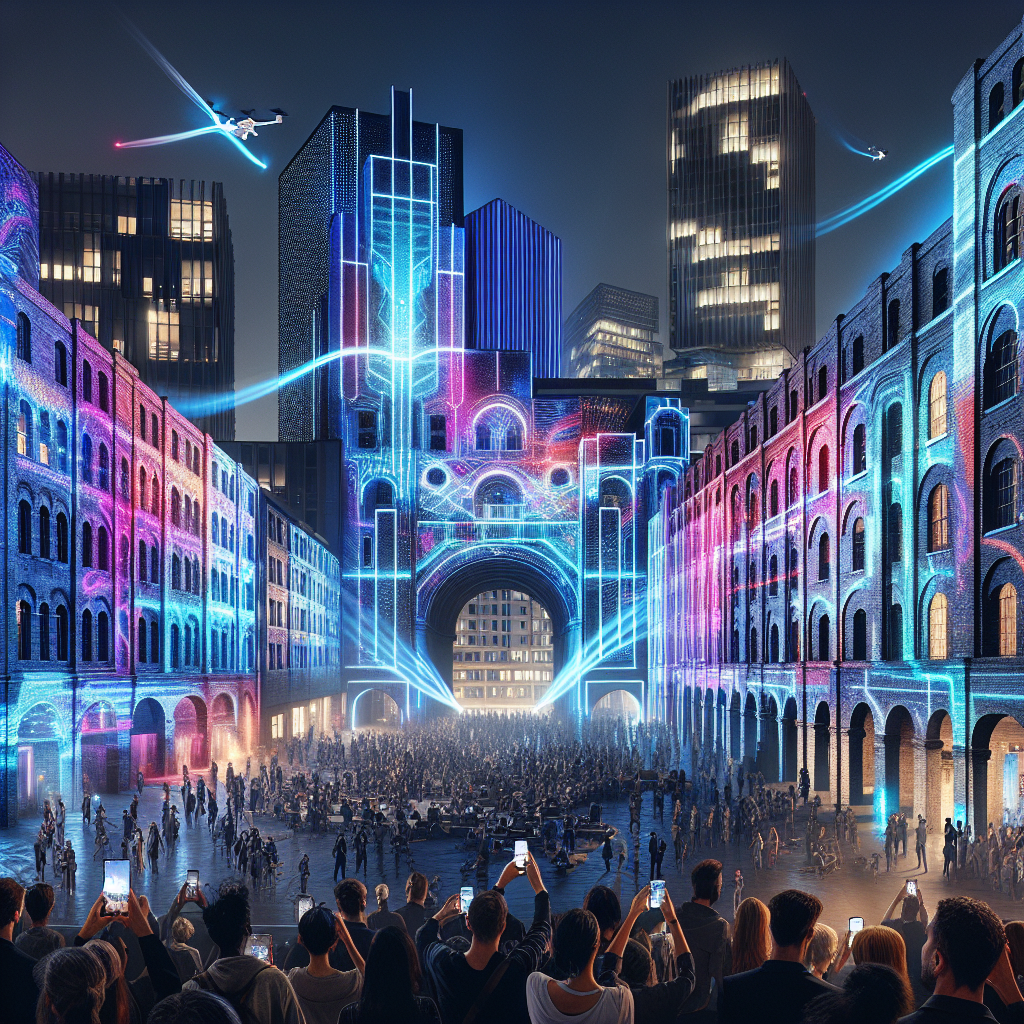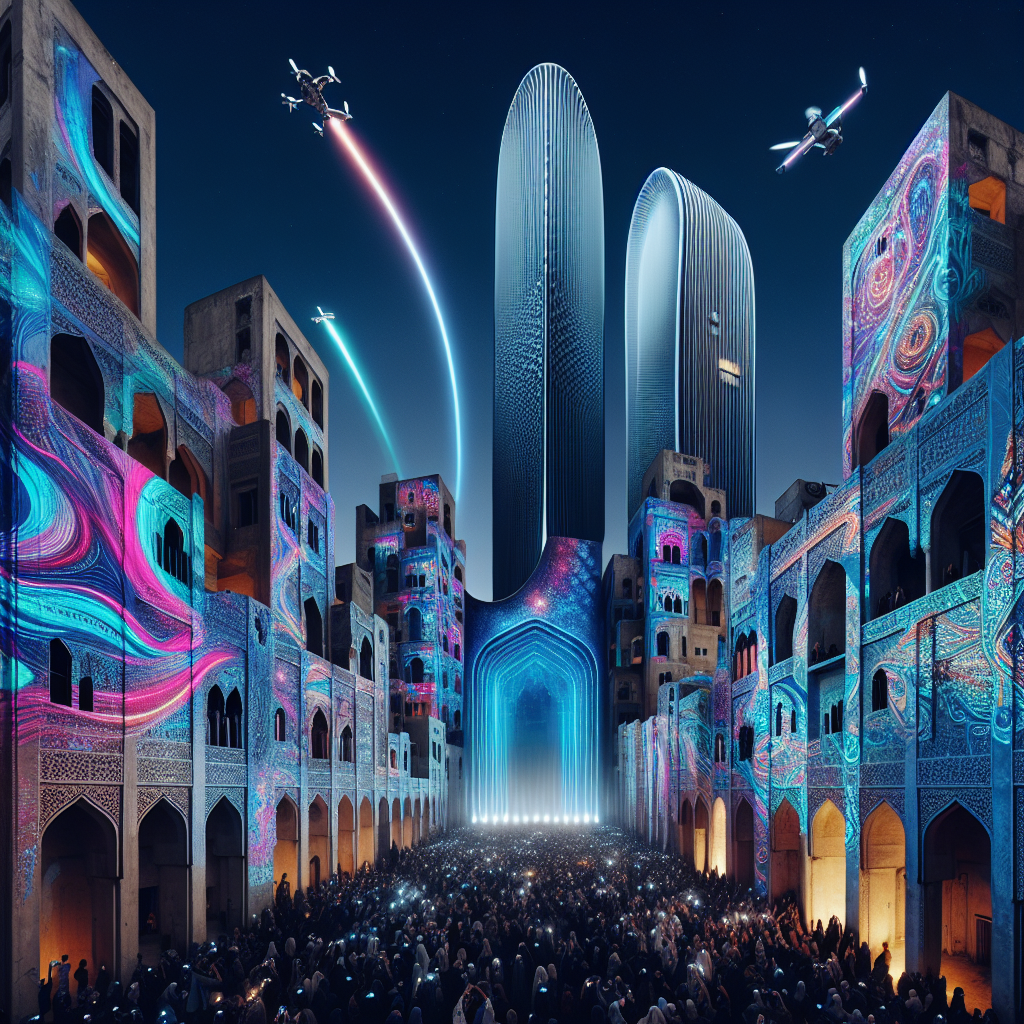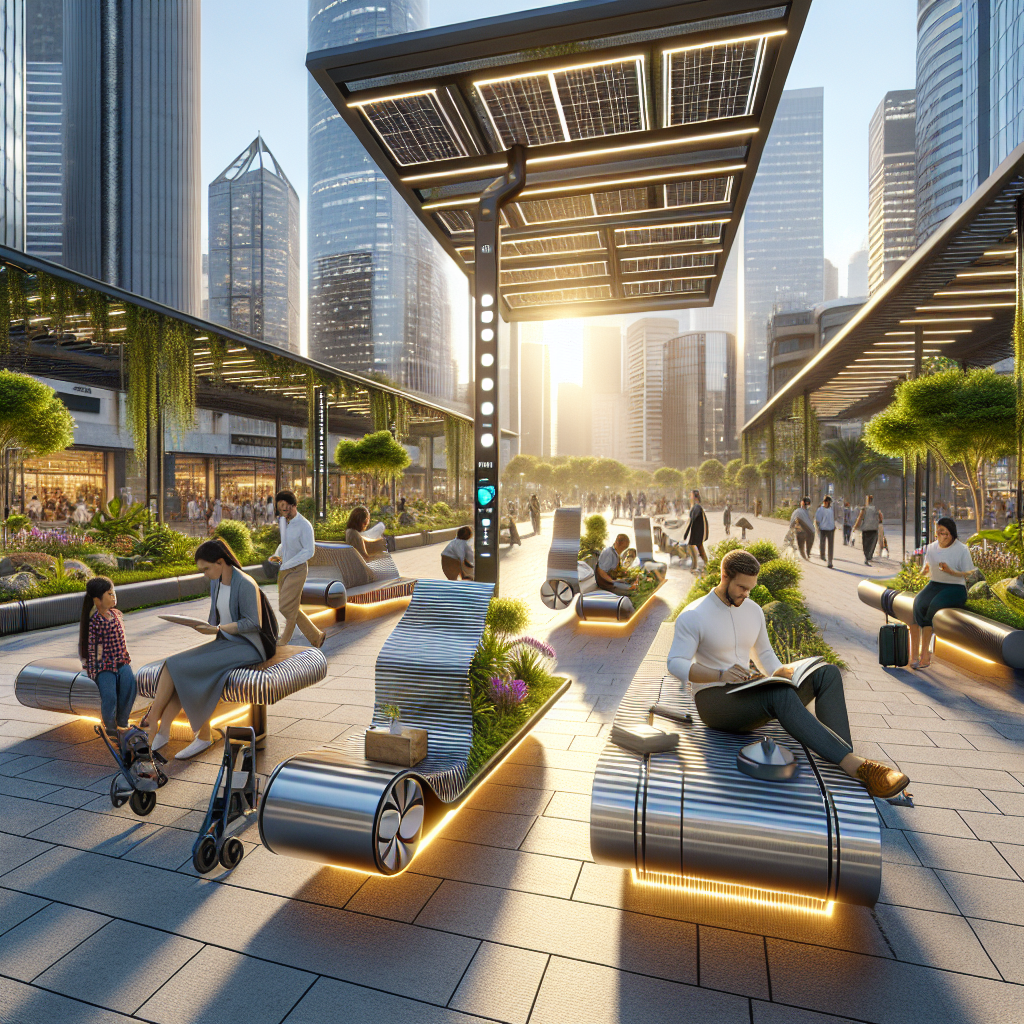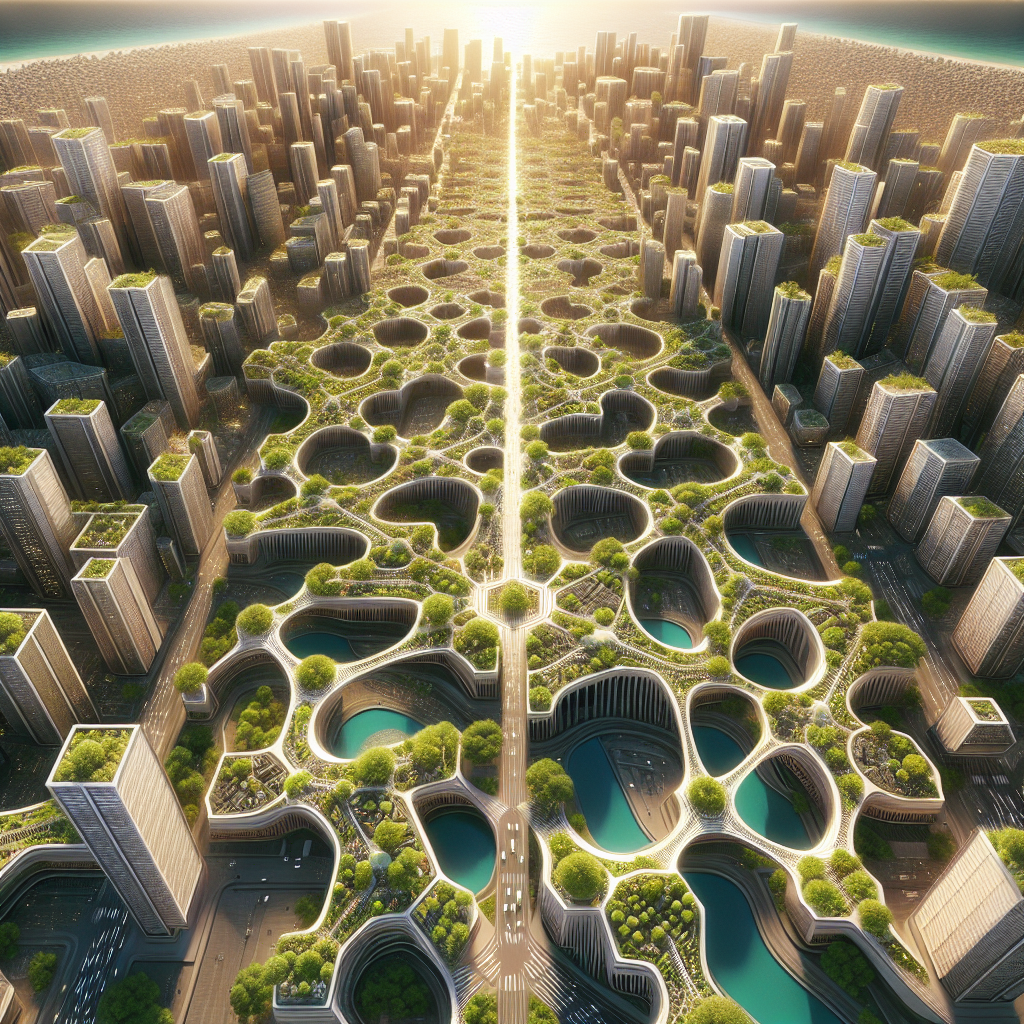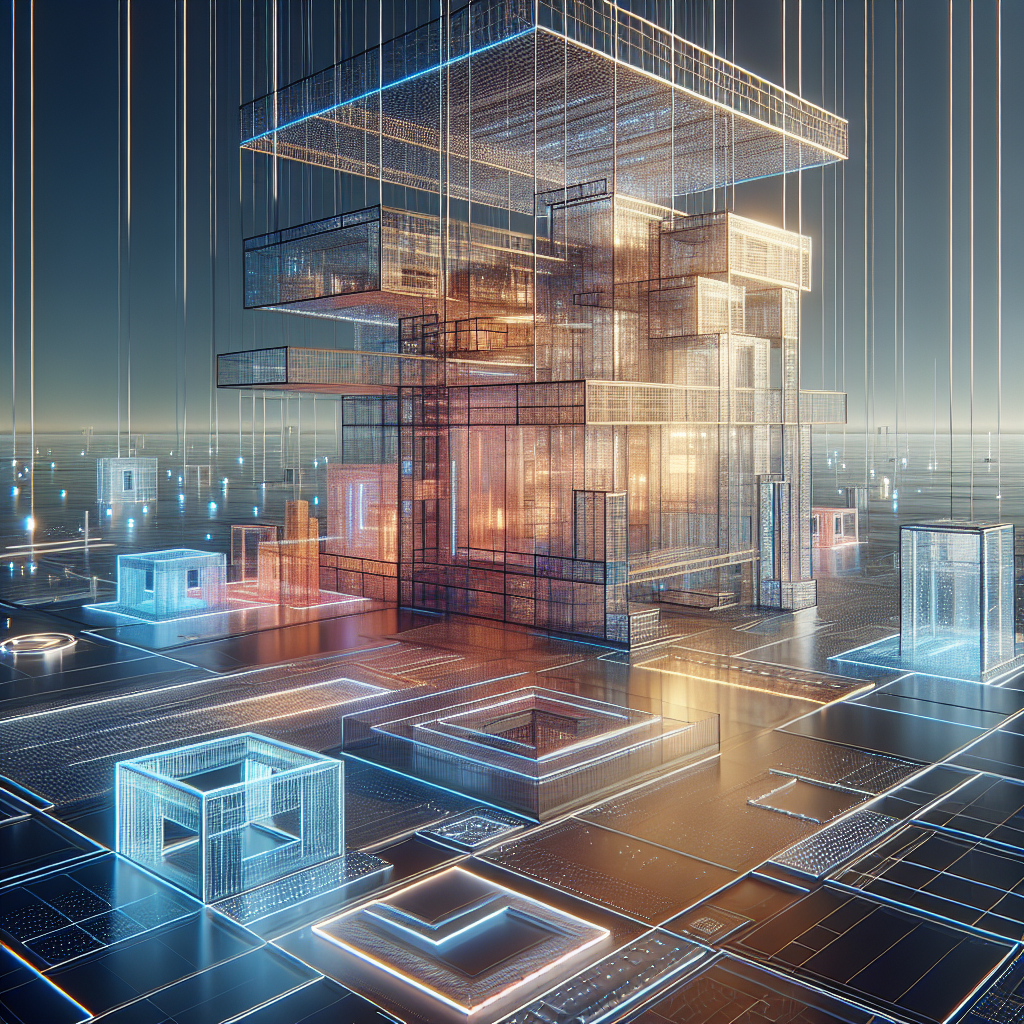LED graffiti: light-infused street art changing nightly cityscapes
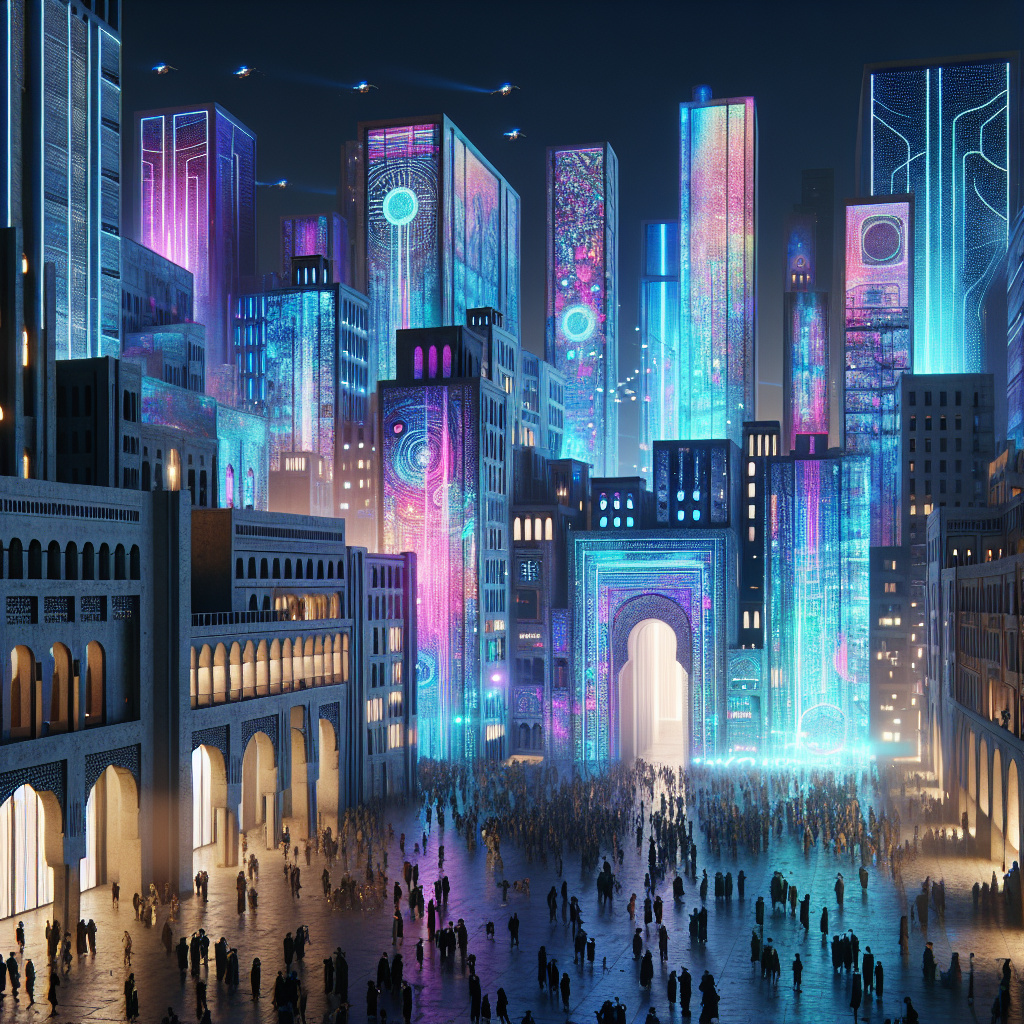
Cities have always been canvases—layered with history, architecture, and human expression. In recent years, a new medium has begun to transform the nocturnal face of the metropolis: LED graffiti. Unlike traditional spray paint, this form of light-infused street art is ephemeral, dynamic, and technologically driven, turning facades, underpasses, and forgotten corners into radiant stages of urban storytelling. As designers and architects grapple with the evolving dialogue between public art and the built environment, LED graffiti is emerging as both a cultural phenomenon and a design frontier.
The Rise of Light as a Medium in Urban Expression
The roots of light-based art stretch back to the early 20th century, with experiments in neon signage and kinetic installations. Yet, LED graffiti represents a distinct evolution. It fuses the rebellious spontaneity of street art with the precision of digital technology. Artists wield handheld LED devices or drones, using long-exposure photography or projection mapping to create glowing murals that exist only for a moment—or until the next passerby documents them. Unlike paint, which scars surfaces, LED graffiti is non-destructive, a crucial distinction in cities increasingly conscious of heritage preservation and sustainability.
This shift mirrors broader architectural trends toward ephemeral projections and interactive facades. Just as buildings are now clad in responsive skins and kinetic surfaces, urban art is becoming more fluid, less permanent, and more aligned with the temporality of contemporary city life.
Technology Meets the Street
At the heart of LED graffiti is the LED itself—an energy-efficient, durable, and highly adaptable light source. According to research on LEDs, their efficiency has improved nearly tenfold since the 1990s, making them the dominant choice for both commercial and artistic applications. Artists exploit this flexibility, crafting tools that range from LED “paintbrushes” to programmable light wands capable of rendering intricate patterns in mid-air.
Some practitioners integrate projection mapping, layering digital imagery over architectural surfaces. The result is a dialogue between structure and spectacle: a Brutalist wall becomes a shimmering tapestry; a railway viaduct pulses with chromatic rhythms. This interplay resonates with the architectural community’s ongoing exploration of kinetic facades, where movement and light redefine the static nature of buildings.
Urban Nightscapes Reimagined
The visual impact of LED graffiti is transformative. Imagine walking through Berlin’s Alexanderplatz at midnight: the rigid geometry of concrete towers suddenly animated by swirling bands of cobalt and magenta light. Or picture the narrow alleys of Tokyo’s Shibuya district, where temporary LED murals ripple across corrugated shutters, echoing the neon intensity of the city itself. These interventions do not just decorate—they reframe urban perception, challenging residents to see their environments anew.
This reimagining of cityscapes aligns with the broader movement of public art as a catalyst for urban transformation. Where murals once anchored communities through permanence, LED graffiti thrives on impermanence, offering a nightly reinvention of place. For architects and designers, this introduces new possibilities for integrating temporary light art into masterplans, festivals, and cultural programming.
Ephemerality and Sustainability
One of the most compelling aspects of LED graffiti is its sustainability. Unlike aerosol paint, which contributes to chemical pollution and surface degradation, LED-based art leaves no trace. This aligns with the architectural sector’s increasing commitment to circular economy principles and non-invasive interventions. The ephemeral nature of LED graffiti means that urban environments can host an endless rotation of creative expressions without the burden of physical cleanup or restoration.
Moreover, LEDs consume minimal energy. A handheld LED wand can operate for hours on a rechargeable battery, making it both eco-friendly and accessible. This low environmental footprint positions LED graffiti as a model for sustainable urban art practices, particularly in cities pursuing net-zero strategies.
Case Studies: Cities in Light
Several cities have already embraced LED graffiti as part of their cultural identity. In Paris, artists have staged guerrilla-style light performances along the Seine, their glowing strokes reflected in the water, creating a dialogue between heritage architecture and contemporary art. In New York, collectives have used LED graffiti to animate industrial warehouses in Brooklyn, turning forgotten zones into temporary galleries. Meanwhile, in São Paulo, where traditional graffiti is deeply embedded in the city’s DNA, LED graffiti has emerged as a complementary practice—one that honors the city’s rebellious spirit while addressing concerns about urban conservation.
These examples underscore the potential of LED graffiti to act as a bridge between street art culture and institutional design frameworks. Municipalities that once battled graffiti are now exploring partnerships with light artists, integrating their work into festivals, tourism strategies, and even urban branding.
Design Implications for Architecture and Interiors
For architects and interior designers, LED graffiti offers more than an aesthetic curiosity—it suggests new ways of thinking about light as a material. In interiors, the principles of LED graffiti can inspire dynamic installations where walls become canvases for shifting patterns, responding to movement or sound. In public architecture, façades can be designed with surfaces optimized for projection, anticipating their role as backdrops for temporary light art.
This integration resonates with the rise of interactive installations, where user participation becomes central to design. By embracing LED graffiti, designers can foster environments that are not only visually striking but also socially engaging, encouraging communities to co-create their urban experiences.
The Future of Light-Infused Urbanism
As cities continue to evolve, the role of light in shaping identity and atmosphere will only intensify. LED graffiti exemplifies this trajectory: a medium that is democratic, sustainable, and endlessly adaptable. It challenges the notion of permanence in art and architecture, suggesting instead a future where cities are canvases in perpetual flux.
For the design community, the lesson is clear: the boundaries between art, architecture, and technology are dissolving. To design for tomorrow’s cities is to design for fluidity, where light is not merely illumination but a language—one that speaks to the collective imagination of urban life.
